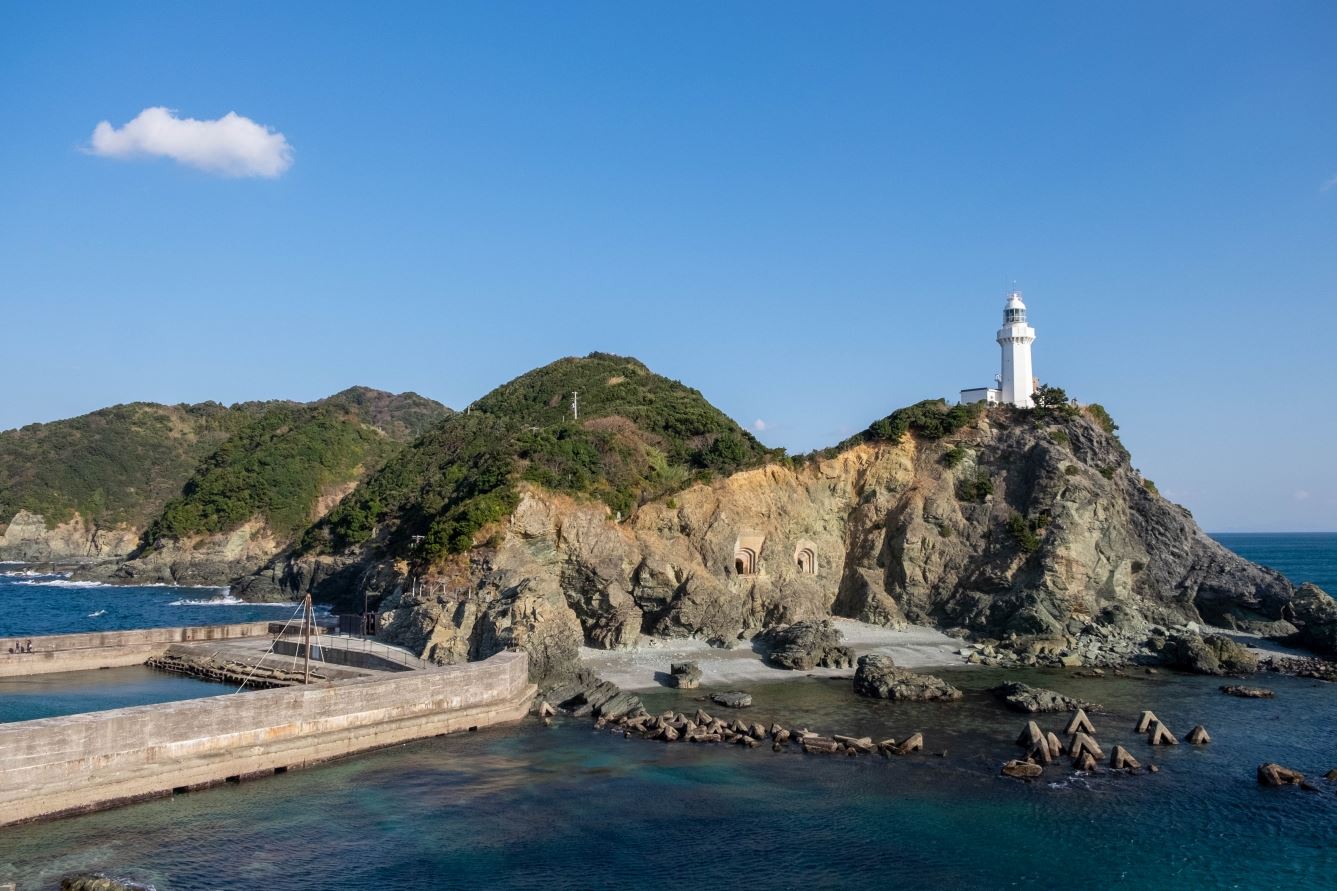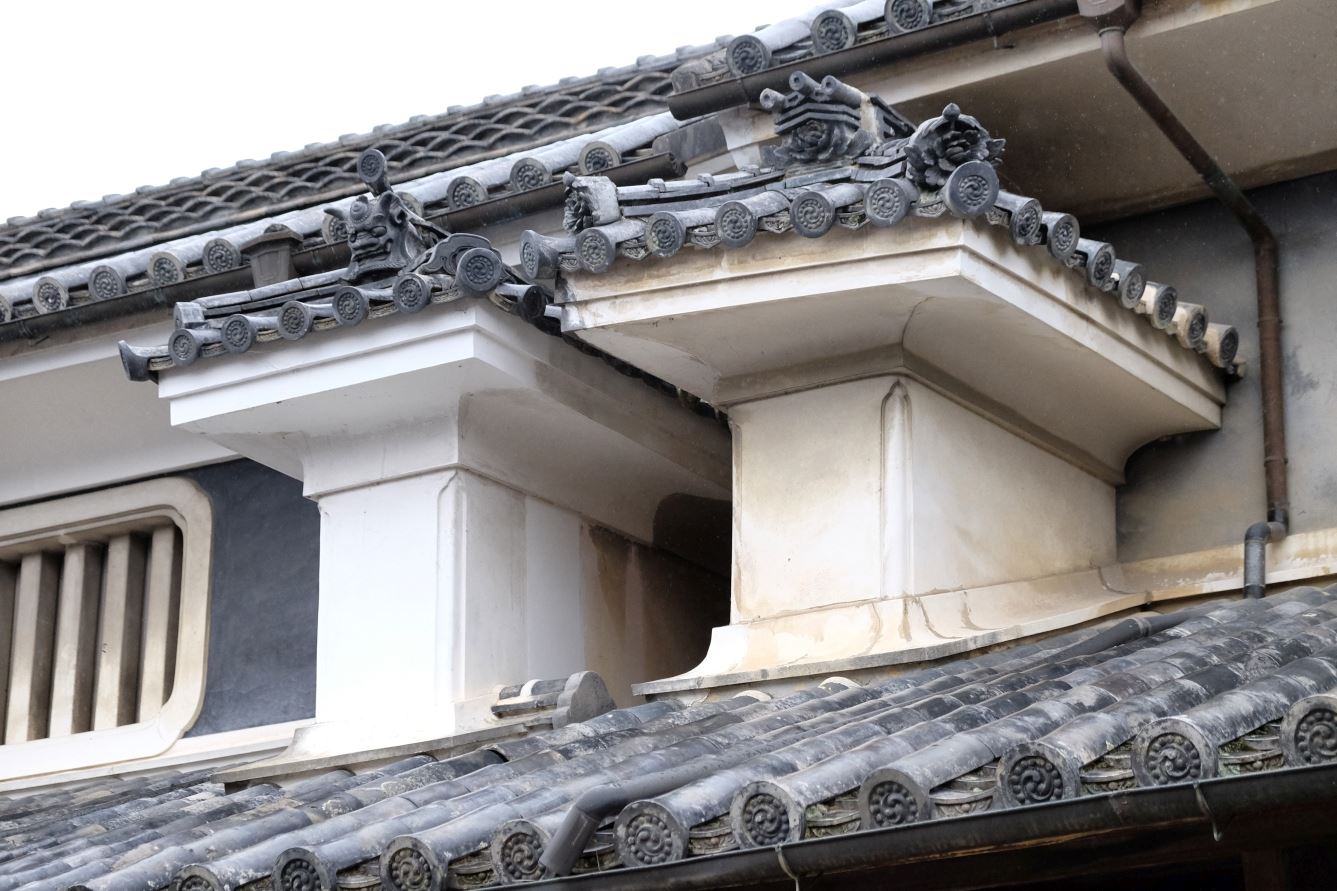Sakamaki Kazuo
Home » Sakamaki Kazuo
Sakamaki Kazuo
Name In Japanese: 酒巻和男
Pronunciation: sakamaki kazuo
Period: 1918 – 1999
Sakamaki Kazuo was a naval officer who became the first Japanese prisoner of war captured by U.S. forces in World War II. He was born in Hayashi Village (now Awa City) in Tokushima Prefecture, the second son of eight siblings. He attended Wakimachi Junior High School, then graduated from the Naval Academy in 1940, after which he enlisted in the Japanese Navy. Training in the Navy was extremely spartan, even brutal.
The plan for the attack on Pearl Harbor called for assaults not only from the air but also from the sea. Consequently, a fleet of five ‘special attack’ minisubs would be transported to Pearl Harbor on the decks of larger submarines and then released to sail into the harbour and hopefully wreak havoc with torpedoes. These five minisubs, each crewed by two men, practised their attacks in the bay of Mitsukue on the Sada Peninsula in western Shikoku. The bay bears a slight resemblance to Pearl Harbor, and its remote location made it a good place to practice secret operations. Sakamaki Kazuo was one of the ten sailors chosen to man the subs. The submariners stayed at Iwamiya Ryokan in Mitsukue and got on very well with the local fishing community.
On December 6, 1941, Sakamaki climbed up a ladder to the conning tower of his submarine. with his fellow crewman Sergeant Inagaki Kiyoshi. As an ensign, Sakamaki was commander of the vessel. He quickly discovered that the sub’s compass was faulty, but he asked permission to undertake the mission regardless, and permission was granted. His vessel separated from the mother ship off the island of Oahu and proceeded towards Pearl Harbor, but due to the broken compass, she strayed into shallow waters and ran aground on a coral reef. She was then attacked by the U.S. Navy destroyer USS Helm, which she escaped only to run aground again.
To prevent the special submarine from being captured, Sakamaki prepared explosives and abandoned ship with Inagaki. The explosives failed to explode, and Inagaki drowned. Sakamaki was found washed up unconscious and was taken prisoner, becoming the first Japanese POW. Sakamaki later revealed that before his picture was taken, he pressed a cigarette to his cheeks as the only form of disguise available to him so that if the pictures were published in Japan, he would be just slightly less recognisable. His sub was recovered and exhibited across America for soliciting war bonds. It’s now at the National Museum of the Pacific War in Fredericksburg, Texas. All the other subs were lost with their crews. In Japan, Sakamaki’s family was only told that he was ‘lost’, and they were to say nothing about it. The nine sailors who died were declared war heroes.
In the POW camp, Sakamaki demanded to be allowed to kill himself, but was denied. A Buddhist priest who was also imprisoned helped to reconcile Sakamaki to his situation, after which he worked as a Japanese interpreter.
Sakamaki returned to Japan in 1948 where some suggested he should kill himself. Instead, he got married, raised a family, and went on to become the president of Toyota Motor Corporation’s Brazilian subsidiary in 1969. In 1991 he was invited to the US where he was moved to tears when he saw the submarine he had piloted in the war. He died in Toyota City, Aichi Prefecture in 1999, at the age of 81.
Related Tours

Experience the most beautiful and interesting temples of the Shikoku Pilgrimage in seven days.

A tour for families or friends, staying in the most characterful kominka and ryokan of Shikoku.

Visit the most beautiful and interesting temples of the Shikoku Pilgrimage and walk the toughest trails.



